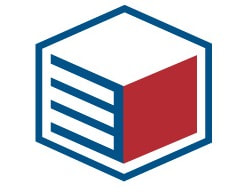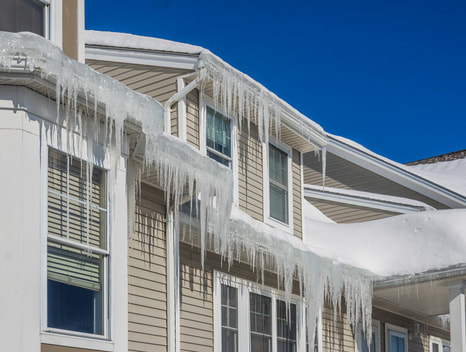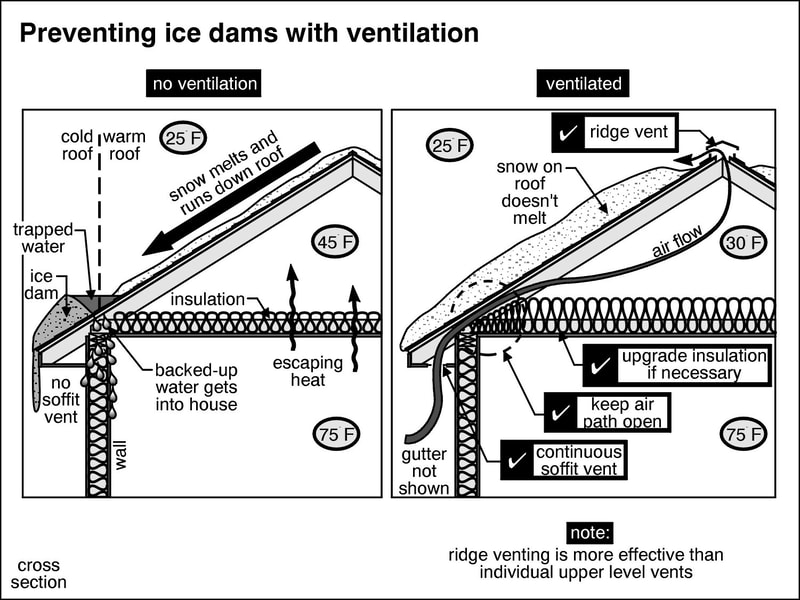|
5/3/2019 0 Comments ice dams: what to do?Ice dams are the accumulation of ice at the eaves and valleys of roofs, and in some winters create major problems. Insufficient attic insulation or ventilation can cause roof snow to melt and slide down to the eaves, where the roof surface is cooler and the melting snow freezes to the roof. Subsequent melting causes water to pool behind this dam and sometimes the water seeps between the shingle layers, wetting the roof deck and possibly the walls and ceilings below.
If you're experiencing excessive ice build-up over your eves or in valleys between roof faces, here's a few helpful hints:
A word to the wise: Roofing is an apparently "easy enough" job for anyone, but there are many fine points that may escape the do-it-yourselfer. A professional roofer can be your best friend! Click image to zoom
0 Comments
Leave a Reply. |
AuthorGil Strachan is a professional home inspector, representing Electrospec Home Inspection Services in east-central Ontario since 1994. CategoriesAll Appliances Buying And Selling Cooling Electrical Environmental Exterior Health And Safety Heating Home Improvement Home Inspection Insulation Insurance Interior Plumbing Roofing Special Structure Archives
January 2024
|



